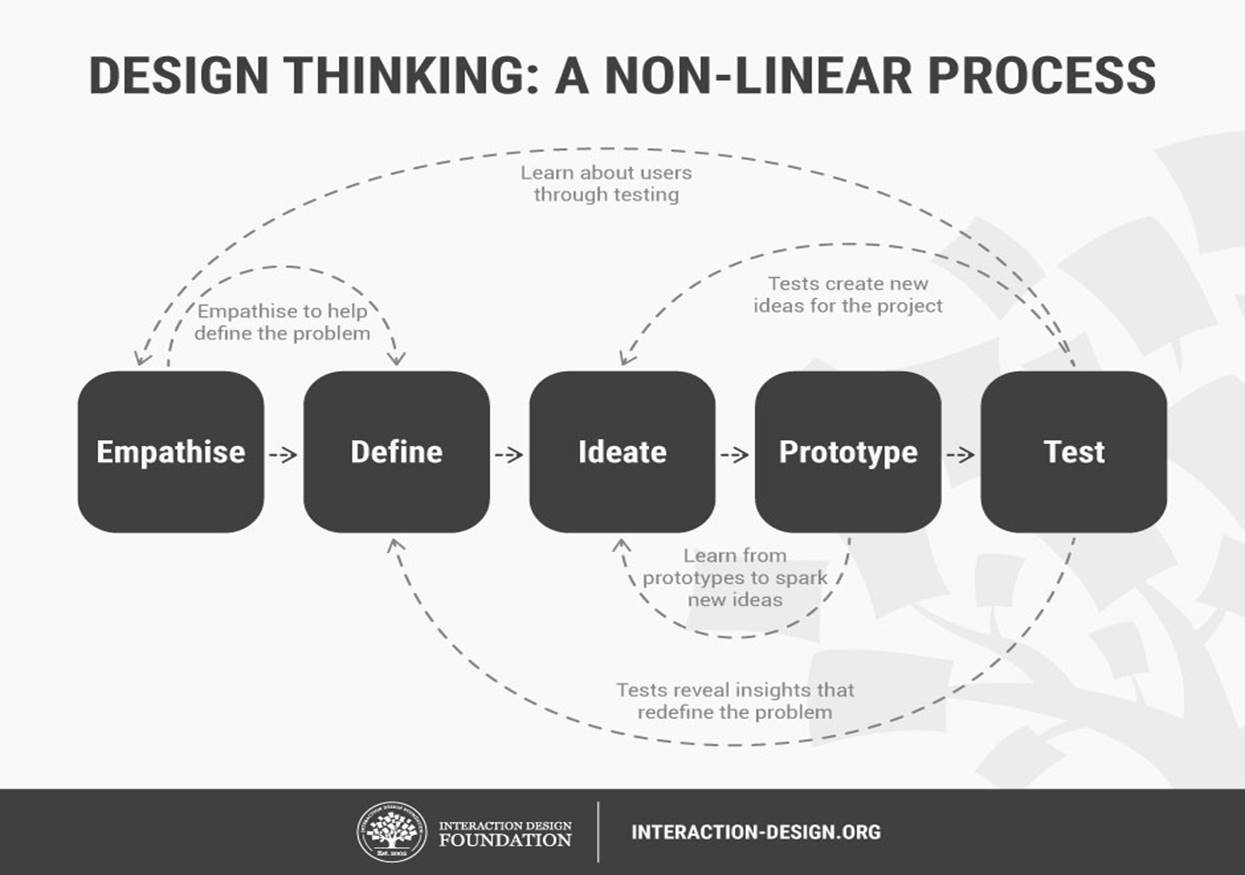Huh?? Say that again. Design thinking is a methodology that provides a solution-based approach to solving problems by using five stages: empathize, design, ideate, prototype, and test. So how does it apply to data?
Applying Design Thinking to Data Solutions
Engineering, arts, literature, music, and science have mastered the art of design thinking. Why not think about a design thinking approach in the world of data? Think about this situation where a patient with a painful physical condition needs to report to a physician three times a week in order to make her better. However, her logistical condition requires someone to give her a ride to the doctor’s office in addition to other dependencies in her logistics. The patient has been cancelling her doctor’s appointment periodically because of her dependencies in logistics and the co-ordination that is required.
However, a doctor’s office survey is only going to focus on the experience after the treatment. In addition, there is no data collection of the macro factors that surround the patient’s dependency on logistics. Now if you start asking questions to her about her logistics and start collecting the data about it, that is a true customer experience going beyond just the treatment which will obviously reduce re-admissions reducing cost of care. In this case, collecting data surrounding a patient’s treatment, building analytics around it, and taking action on those analytics is an end-to-end solution for patient treatment.
Designing the End-to-End Holistic Solution
As a data practitioner, I can tell you that I have been fortunate enough to work with C-Suite executives who allow access to data to think about a holistic solution as I have explained to you in the example above. However, many data analysts are surrounded with tactical issues disabling them to think end-to-end holistic design solution for a problem they are trying to tackle. I would challenge all data practitioners to think about the five phases of design thinking in the context of data strategy for addressing a problem.
- Empathize – Put yourselves in the customers’ shoes and look into the problem. How would you like your retailer to provide you with cross-sell/up-sell marketing strategy? How would you like to be treated pro-actively by your doctor? How would you like the mobile app managing your car to provide you with pro-active notifications about the maintenance of your car? Now think about that when you design a solution.
- Define – Define and articulate your problem statement on behalf of your customer. In addition, think about insights that would solve their problem.
- Ideate – Create an end-to-end innovative solution to tackle your problem. Don’t work in silos. Work as a collective POD of data users.
- Prototype – With big data and analytics solutions offered out-of-box, use them and build prototypes as POC/POT/POV solutions and get the buy-in from your business users.
- Test & Train – Test and train your models to remove biases and make sure you are providing ample data to train your models. This way, you can get a solution that is proactive on any data situation.
Design Thinking is Good for Innovation
Design thinking has always been about designing creative products that address problems. At its heart, it has been about user experience and addressing specific problems on user experience. However, with so much data available around everything, it’s time to use design thinking around using data to solve problems. With design thinking, let us innovate on problems using data-based solutions and provide competitive advantage. In addition, the ideas and creativity using data with powerful, real-time visualization can flow to users as soon as it is available in the EDGE devices.
Learn more about how to use design thinking ethics and templates and schedule a meeting with us.

